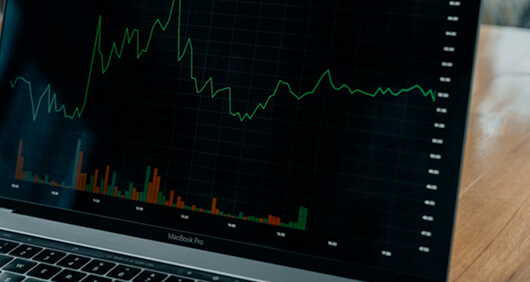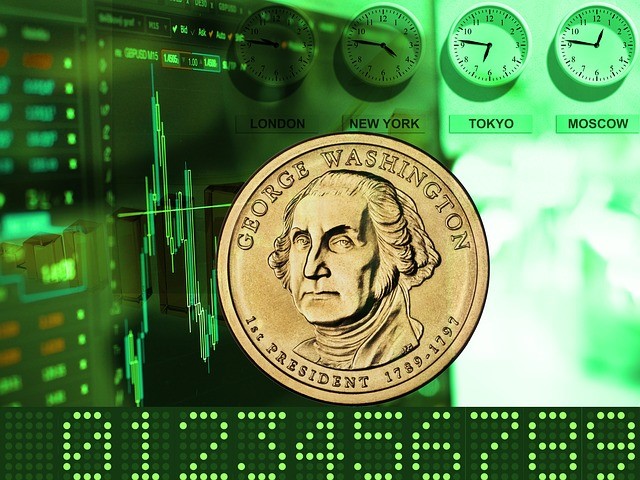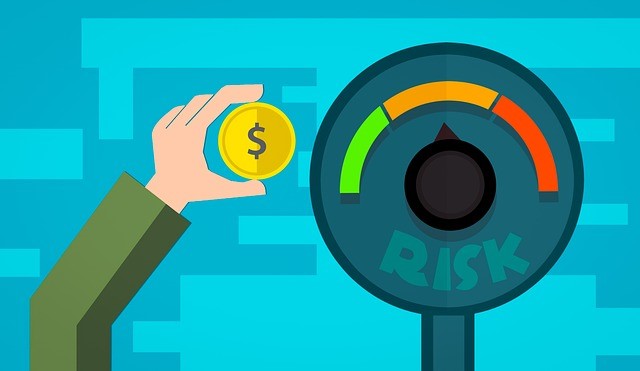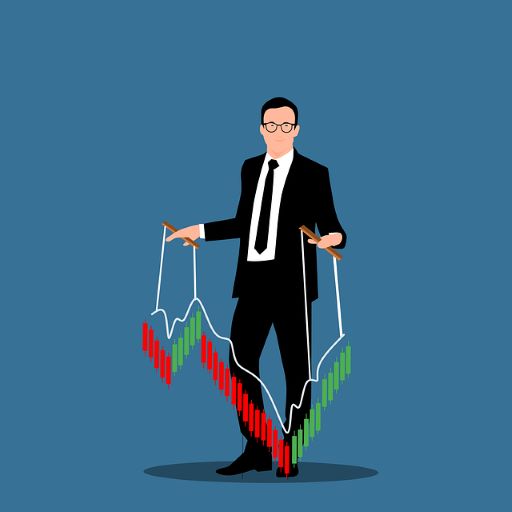
Why should you join our Funded Trader Program?
- Fully funded trading account.
- Big profits up to 80% profit split.
- Mobile International Trading.
- You’re not liable to losses.
- 10% Drawdown.
- Robust Technology and Deep Institutional Liquidity.


Forex Trading Strategies
What does leverage mean in forex? Leverage is a double-edged sword as it magnifies both profits and losses. With leverage, it is possible to make more money out of a small movement in exchange rates. However, traders need to factor in that leverage is also the reason why their losses can significantly exceed their initial investments if the market moves against their positions. Therefore, it is very important to be keen and master risk management skills before applying this strategy.
Generally, leverage in forex is defined as the ability to control a large amount of money using none or very little of your own money and borrowing the rest. In Forex trading, you can use leverage ranging from 1:1 all the way up to 1:1000. In short, the amount of leverage that you can use will depend on your broker and how much capital you have in your account. If you don’t have much capital in your account, you can still open a trade with a greater amount, but it will just be on the margin. Here is a leverage in forex example to help you understand it in depth.

An excellent example to help you understand forex leverage meaning is when you put $500 in an account and open a position for $10,000. Then the leverage would be 20:1. This means that you would be controlling $10,000 with only $500 in capital that you own. You would be borrowing the remaining $9,500 from your broker.
This really helps beginner traders who do not have enough money to begin trading, but if you have been in the game for quite a while now, you know how that can be a bit risky. This means you should practice enough to avoid losing your $500.
Before you can even begin studying how to trade the Forex, you must first understand the “margin” in Forex. Margin is defined as the amount of money required in your account to place a trade using leverage. So, when determining your trade size (number of lots), you will need to consider the margin requirement for that particular trade.
As an example, if your brokerage firm requires a 2% margin and you want to buy or sell one standard lot ($100,000) at a leverage rate of 50:1, your calculation will look like this:
1 standard lot = $100,000
Therefore, the 2% margin required for this trade = 2% x 100,000 = $2,000
If you are able to obtain a leverage ratio of 50:1 for this trade, then your $2,000 deposit would allow you to control and manage trades up to $100,000. This is just simple leverage in forex meaning regarding ratios and margin, but there are plenty of other ratios available, e.g., 100:1, 200:1, 400:1.

On the other hand, swing traders trade based on high periods. SMA is the best indicator for this group as it eliminates premature signals and noises. The 4 MA swing traders can use include:
We cannot say that there are a million and one reasons why you should use the leverage forex strategy.
This is because the strategy may not work or be suitable for the type of trade you are using. But while there are thousands of traders trying to understand what is leverage in forex trading, we cannot fail to inform you about its benefits to allow you to make an informed decision about using leverage. Some of its benefits include;

Gearing is a term used to describe an increase of opportunities when it comes to investments. This is exactly what leverage does. It allows you to set aside some of your capital and invest it in other places.
This is yet another thing to benefit from using leverage. If the entire sum is calculated, margins can immensely help you profit. But as much as that is the case, do not forget that you might lose all your money. The only good thing is that leverage allows you to spare some of your capital, which means that the loss will not be as bad compared to if you had invested all your money minus the leverage.
Some brokers allow you to trade round the clock using their leverage. Although this usually depends on the market you are tapping into, leverage offers you an opportunity to open a position at your preferred time without inconveniences.
Most beginner traders might think that leverage comes purely with advantages. Well, that is not the case because there are some risks involved with using leverage in forex. They are;
When you think of leverage risk, you might be skeptical about using leverage in forex trading. That should not bother you because, in this section, we provide you with proven ways to reduce the leverage risks when trading.
Stop-loss order is one control you can implement when using leverage. It is well-known for minimizing sudden market shifts in the market. Stop-loss is simply an order or instructions you give the broker to exit the market once your trades attain a certain price. The strategy works for many, and traders are always encouraged to use them to avoid unexpected losses.
Even if you are a professional, sometimes it might be quite challenging to tell the market movements due to the high volatility. This is why it is always wise to learn where to place your exits so as not to miss huge profits. Once you give the order, your broker will automatically place the stop-loss to ensure you do not lose your gain.
Now that you understand what is leverage in forex and how it helps in trading, you can decide whether to use it or not. We always encourage beginner forex traders to use it as it will help to boost their returns. However, leverage is always a choice.
Depending on your capital, you can either take the leverage or purely use your money to trade. Here at Audacity Capital, you will find trading guidelines to increase your trading returns.
Forex leverage for beginners is available on most platforms, but the question is, do you know which markets you can apply leverage on? It is a common question that many forex beginners ask. The good news is that several markets are open to leverage, and forex is one of them due to its constant high liquidity in the market.
Most beginner traders might think that leverage comes purely with advantages. Well, that is not the case because there are some risks involved with using leverage in forex.